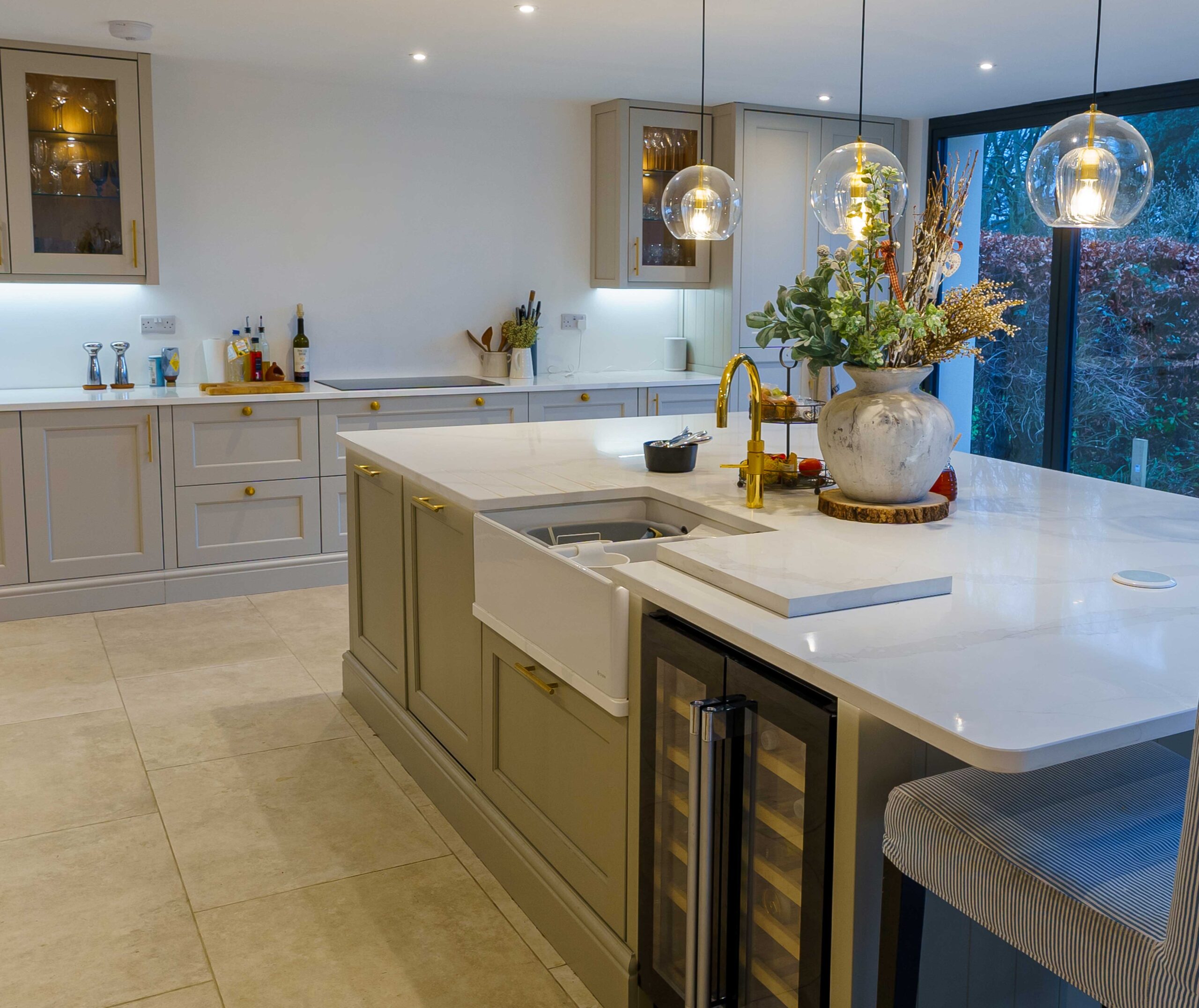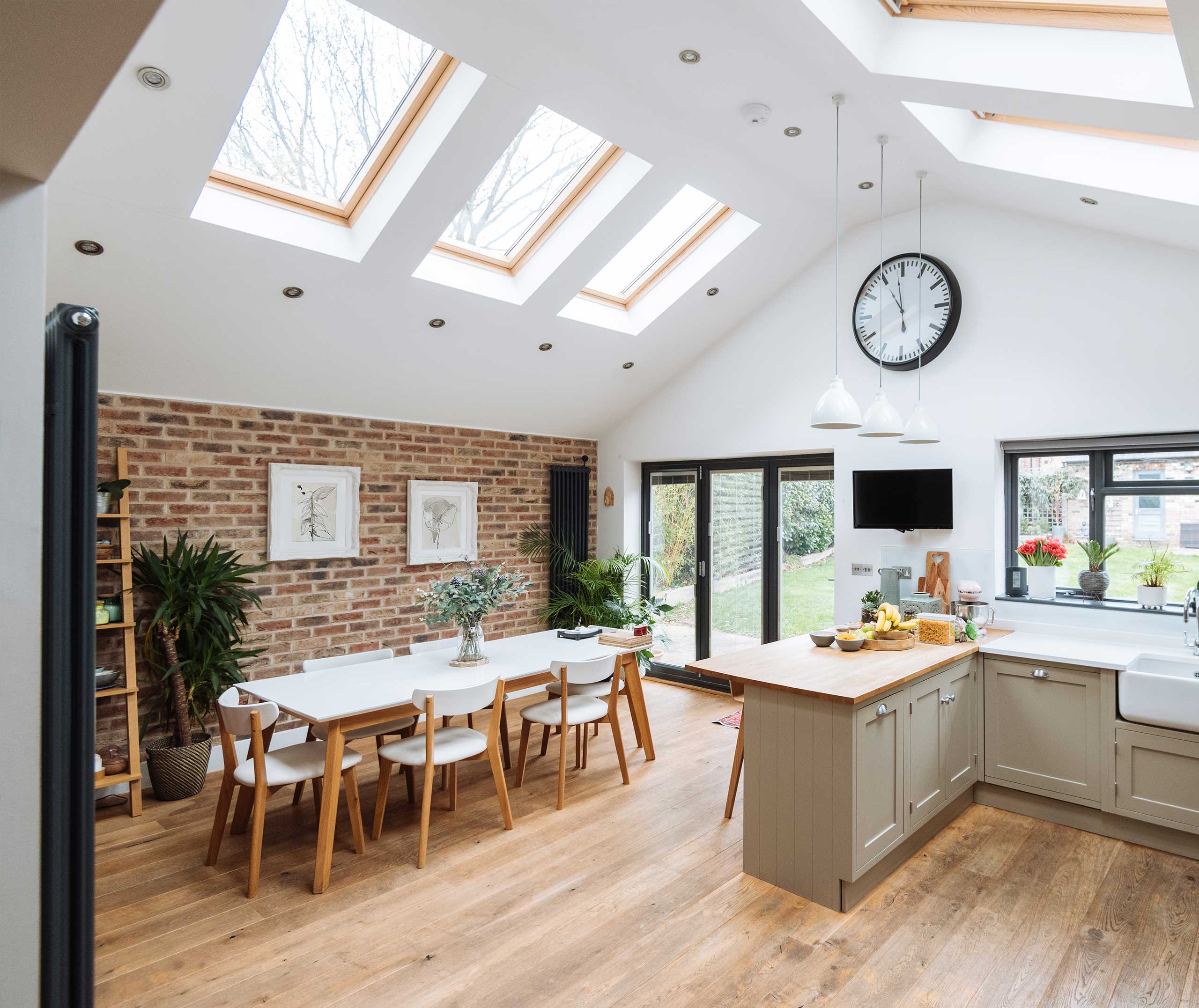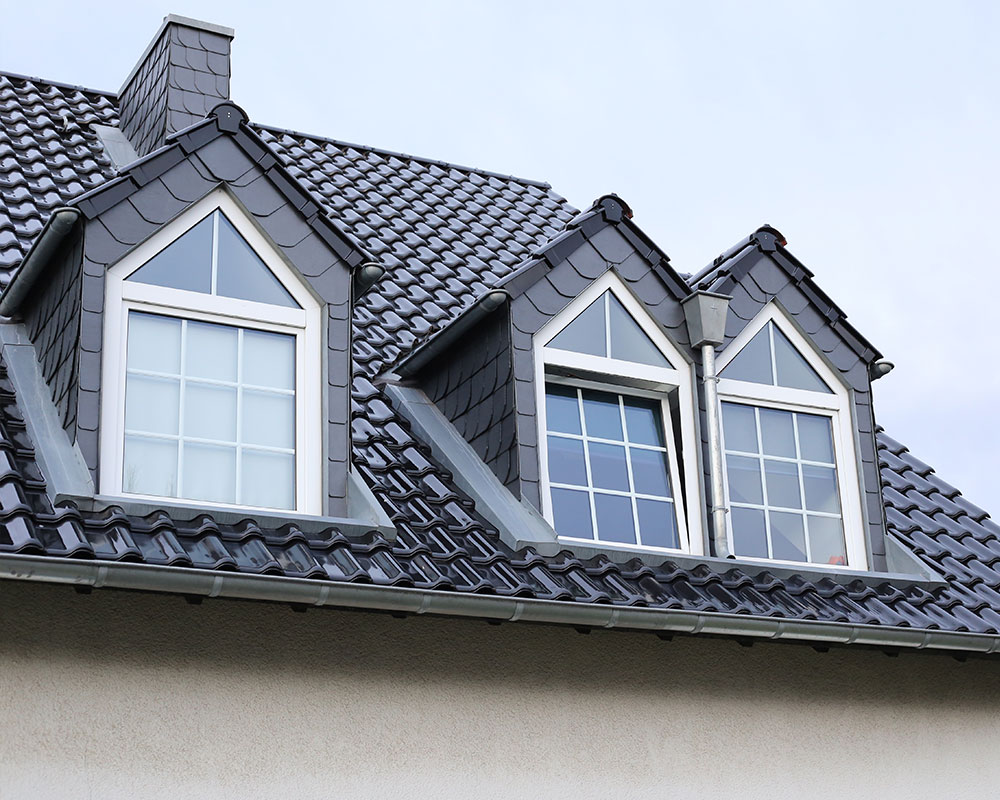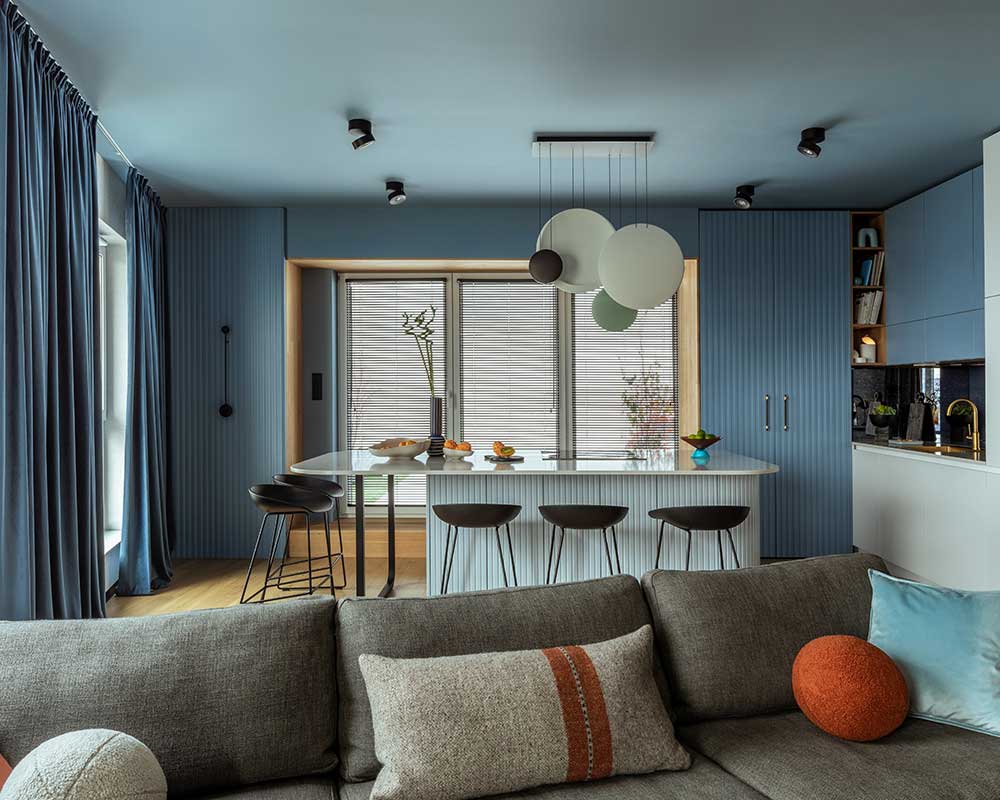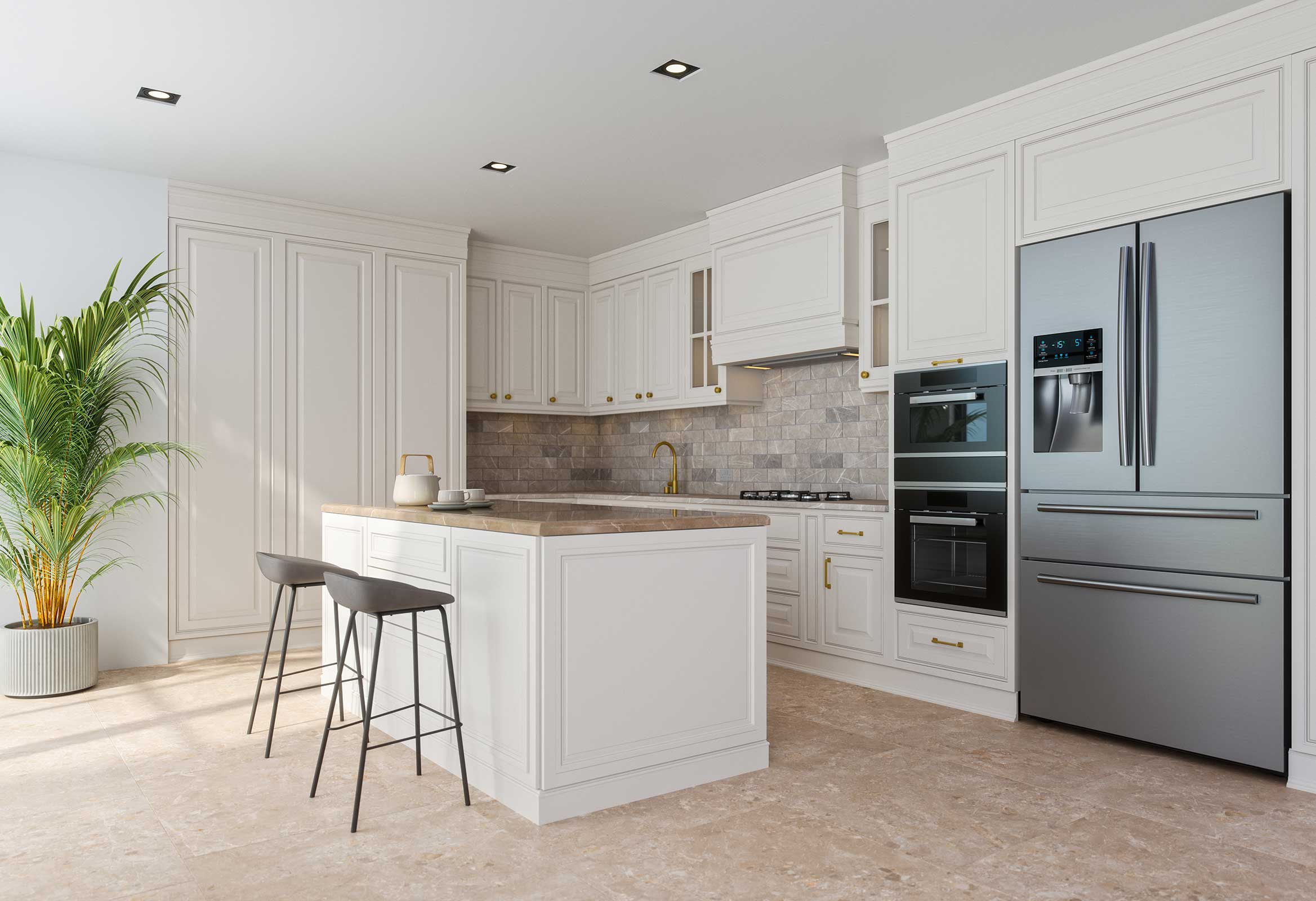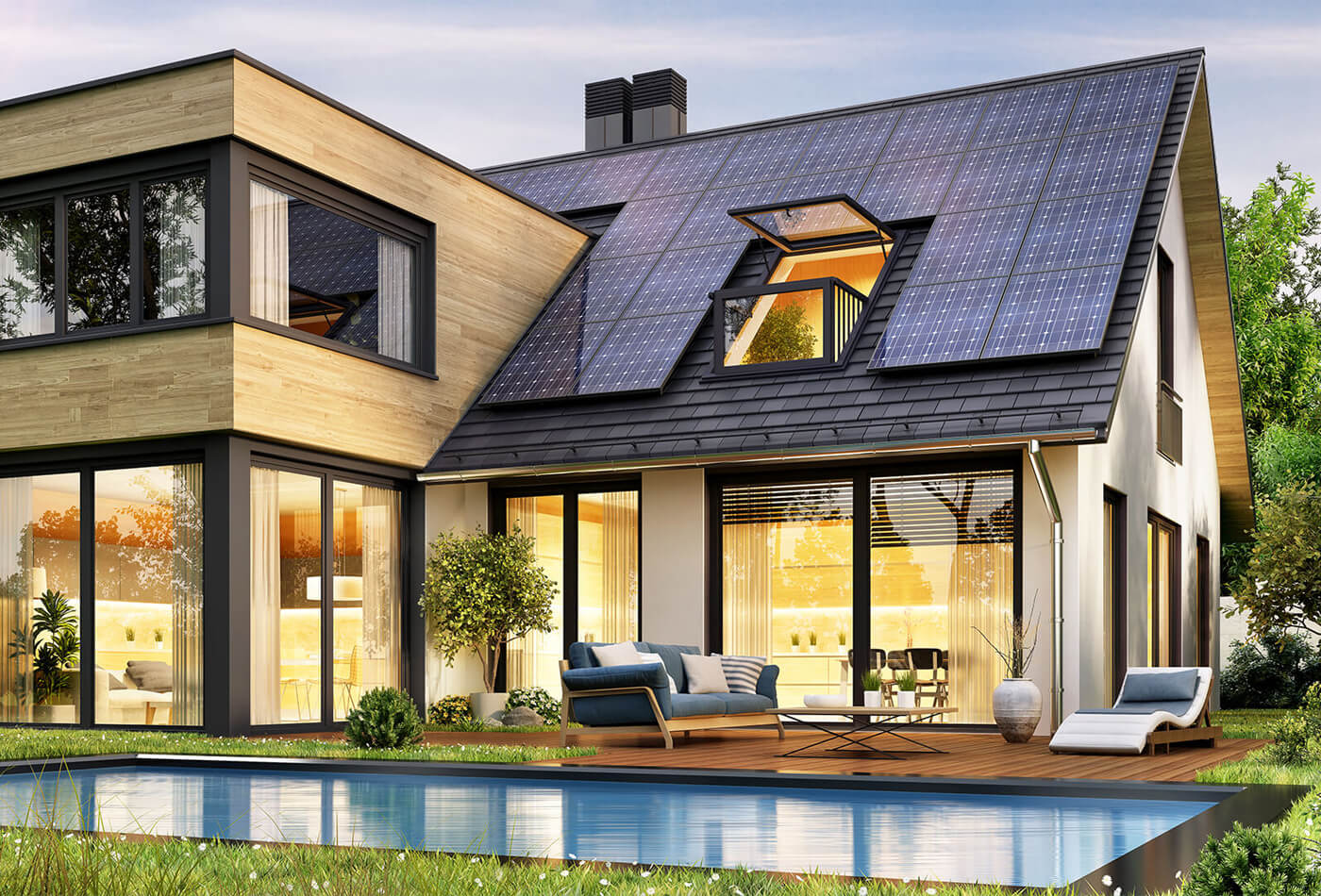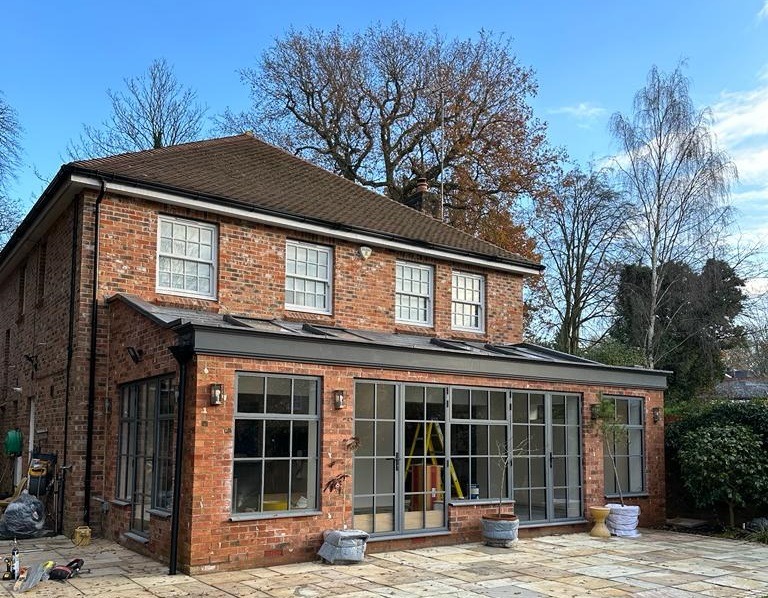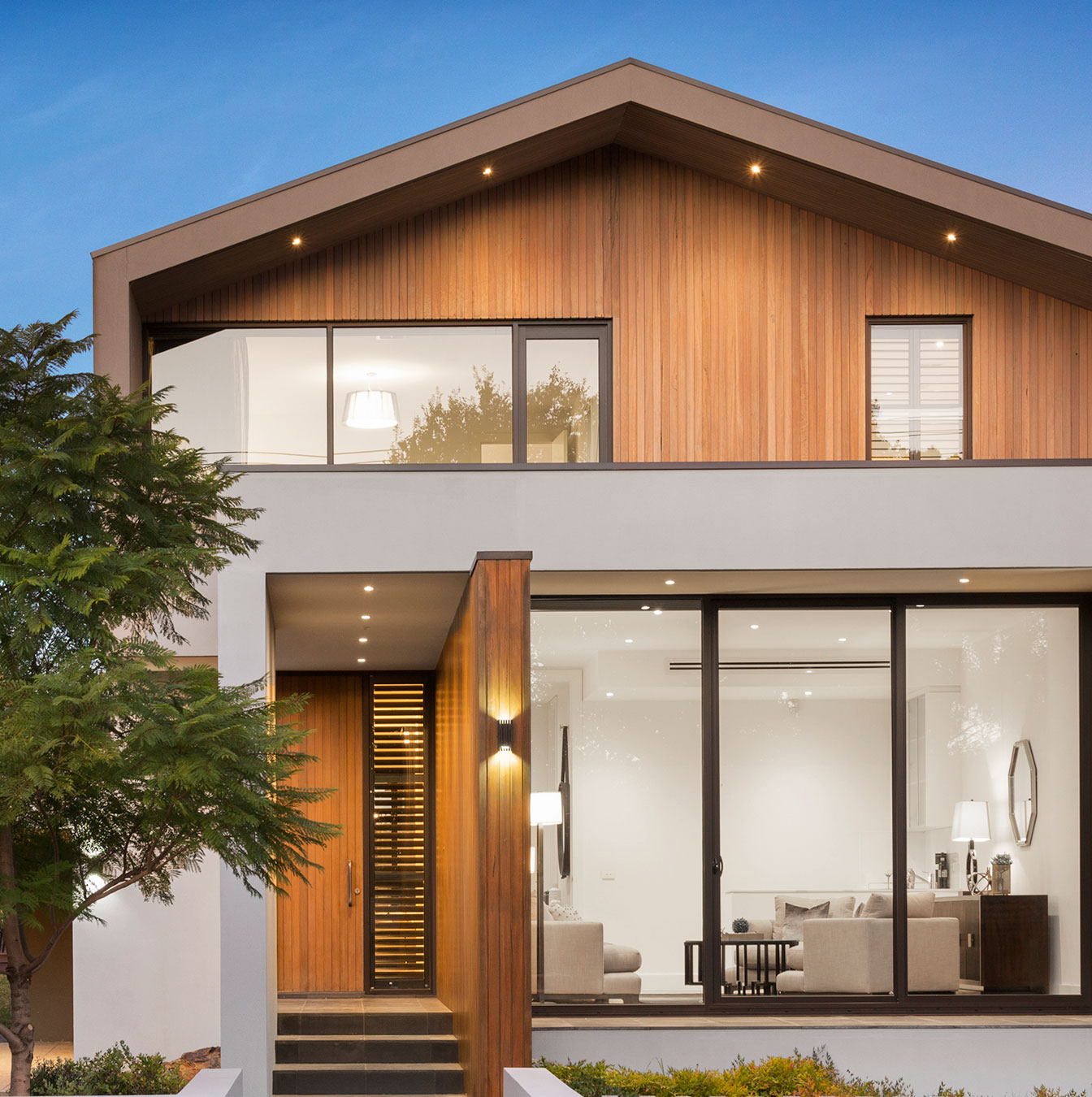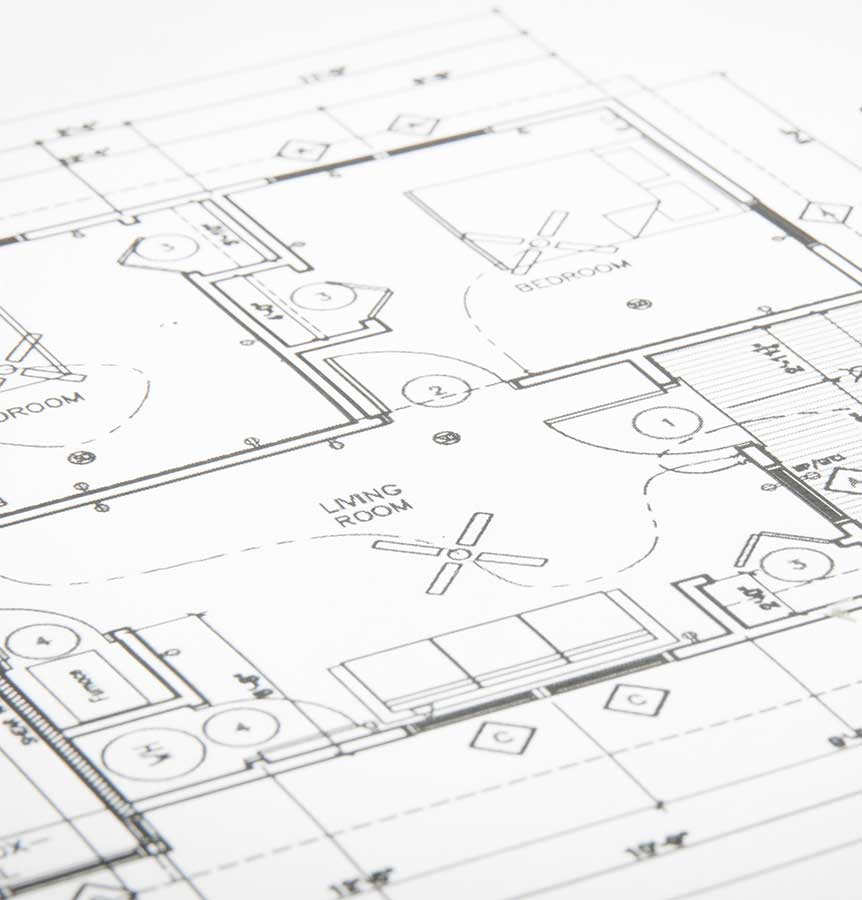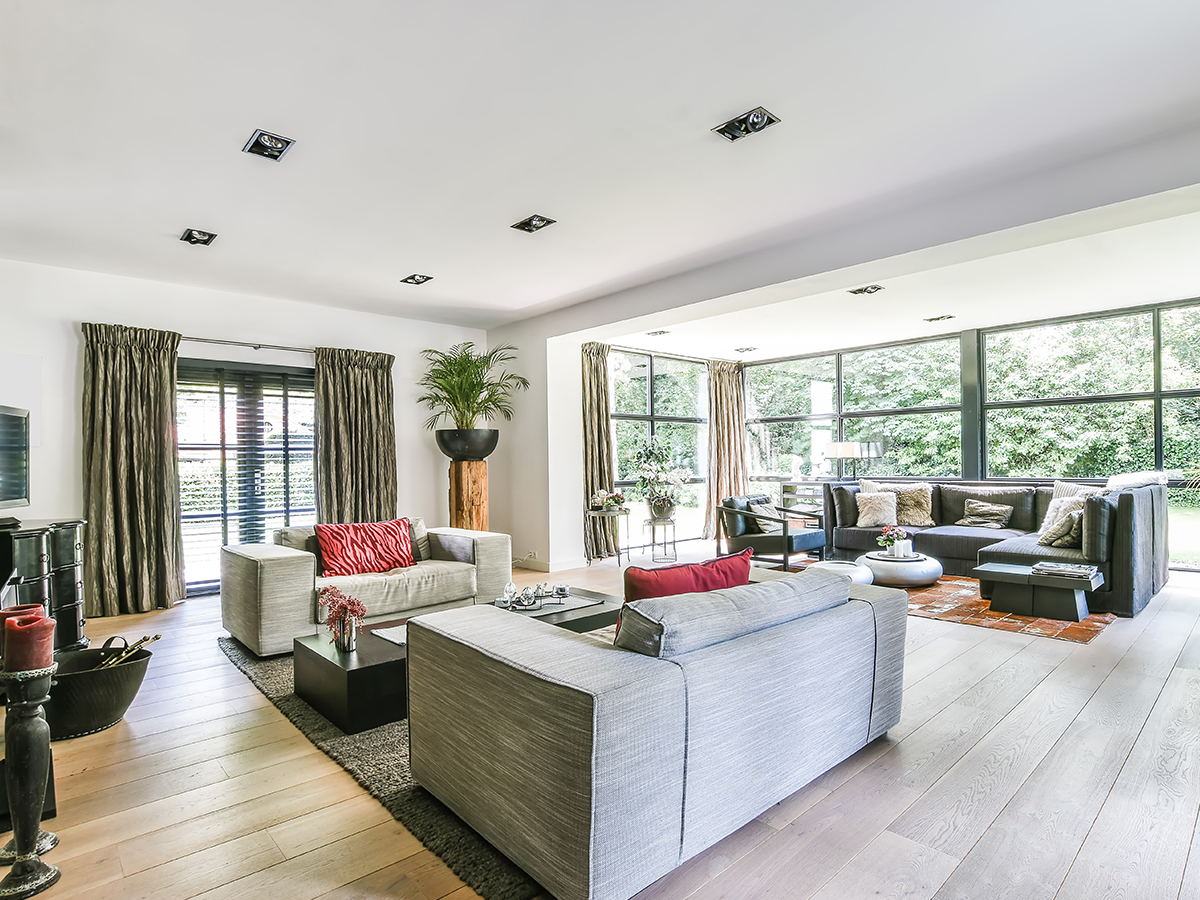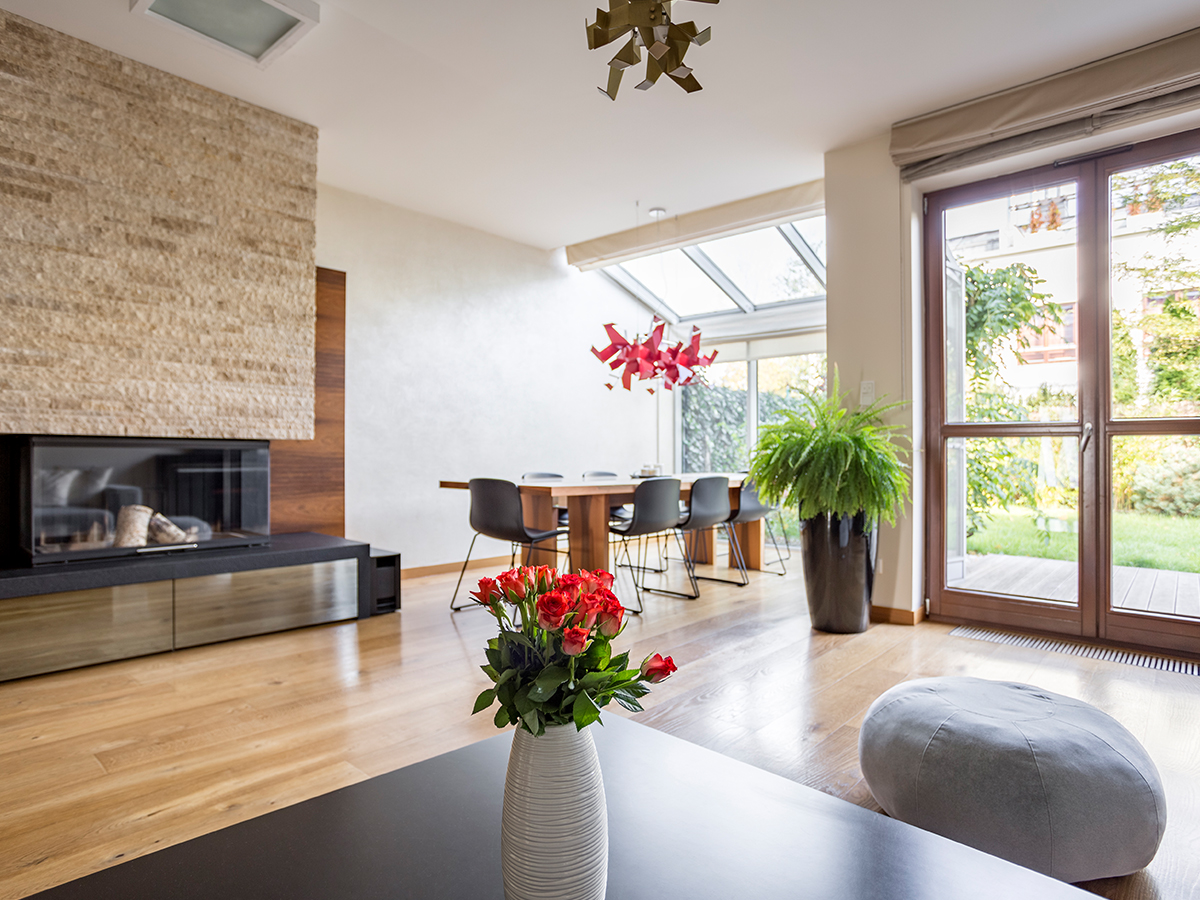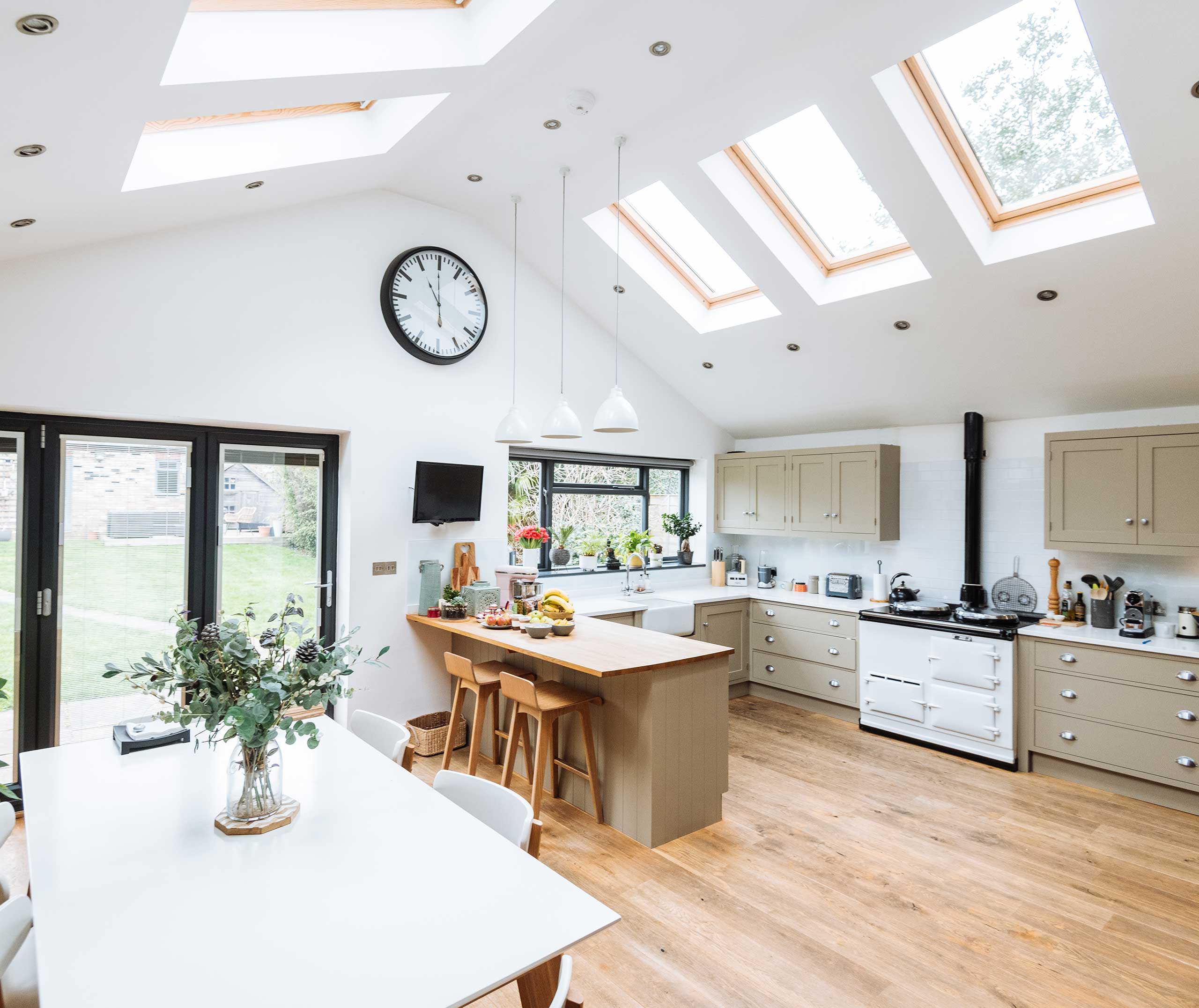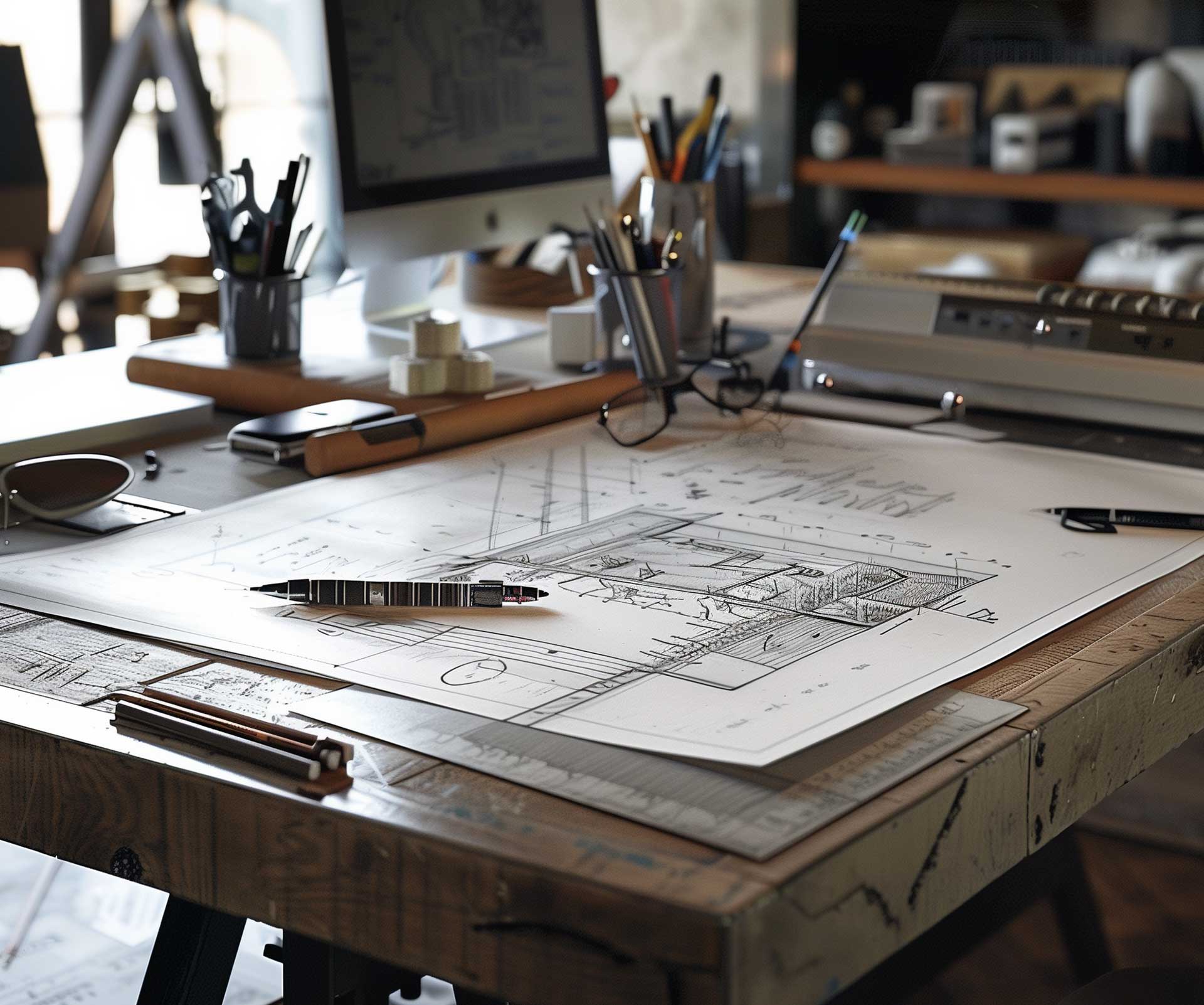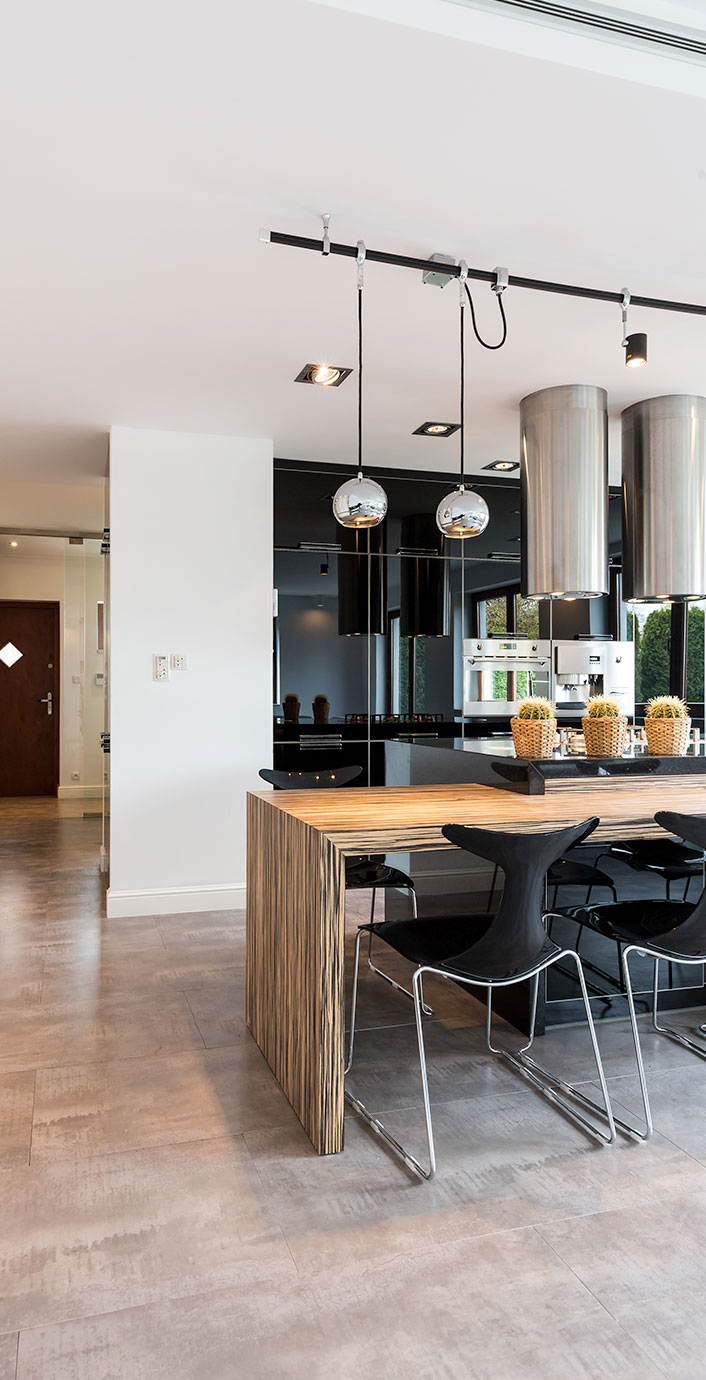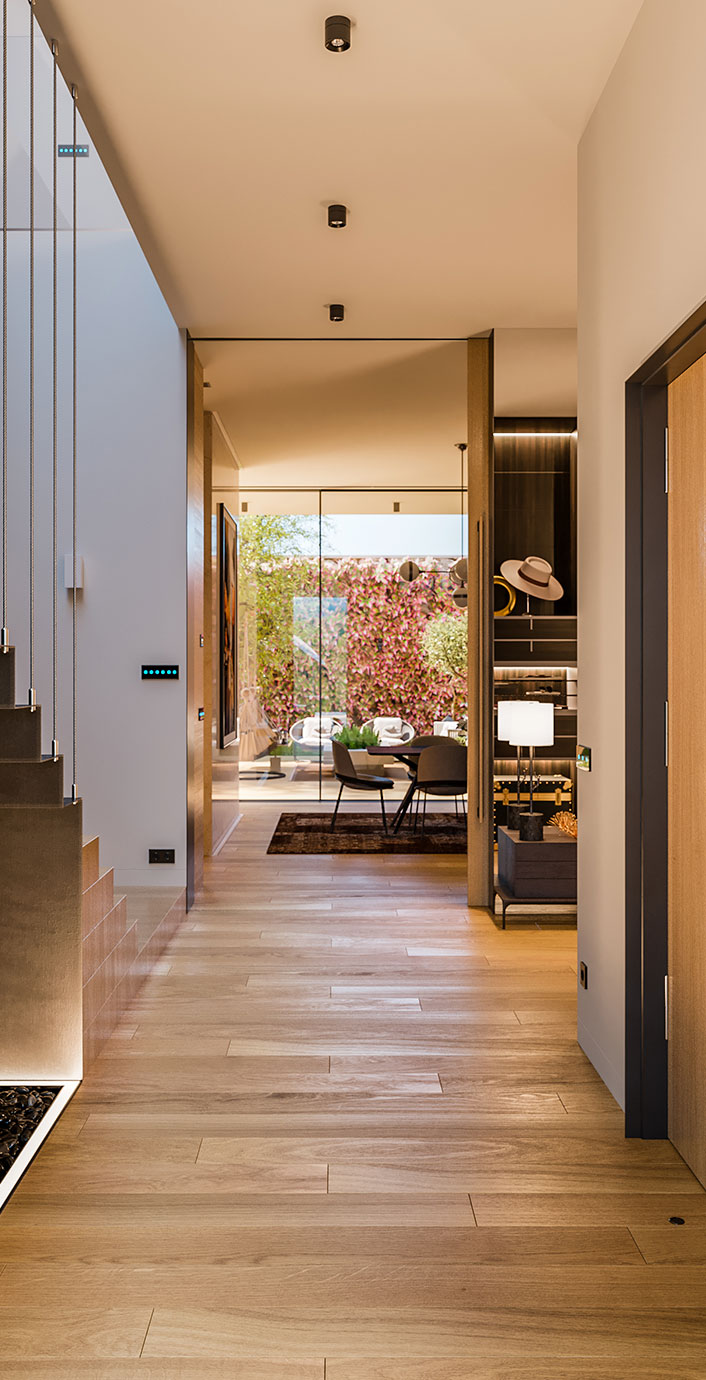When it comes to designing your dream home, understanding the various architectural styles can be incredibly beneficial.
Whether you’re looking to build a new home or renovate an existing one, knowing the distinct characteristics of each style can help you make informed decisions.
As experienced architects in Hampshire, we at GRKA are here to guide you through some of the most popular architectural styles.
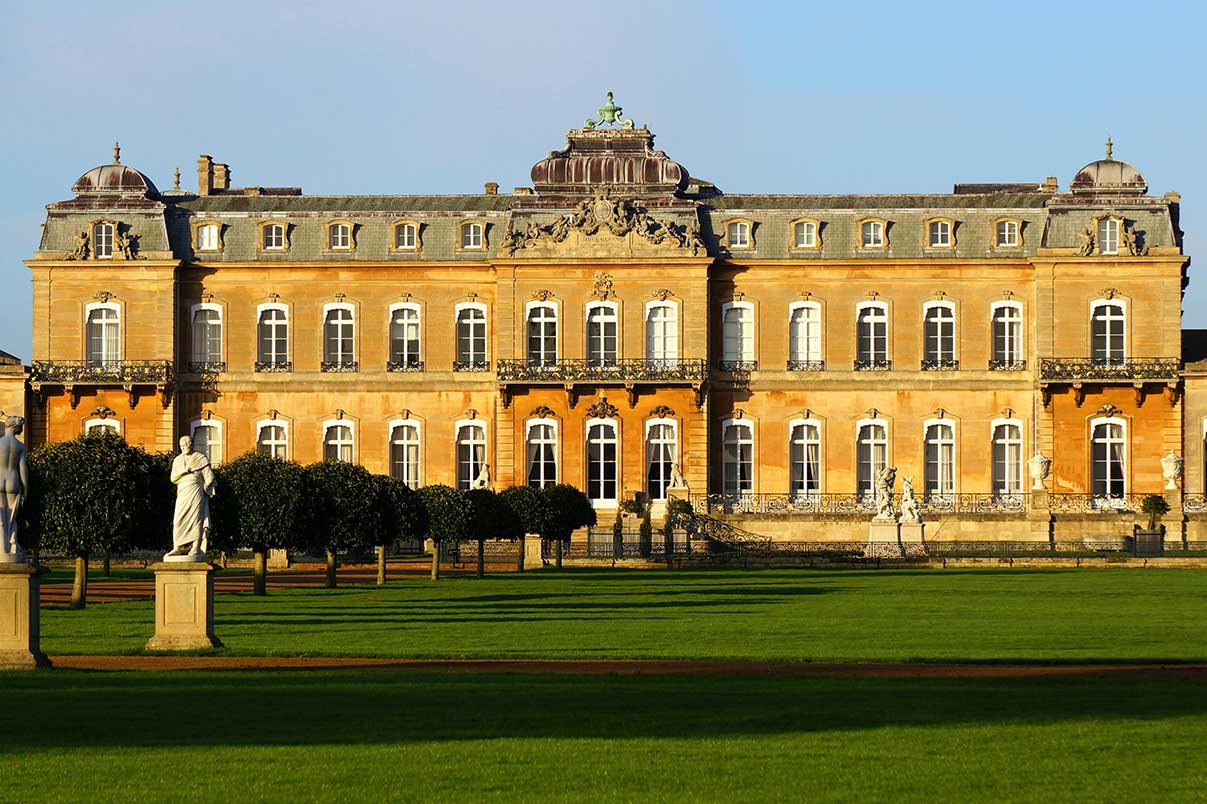
1. Georgian Architecture
Georgian architecture, which flourished from the early 18th to the early 19th century, is renowned for its symmetry and classic proportions.
This style often features brick facades, sash windows, and decorative mouldings. The interiors typically boast high ceilings, large windows, and elegant fireplaces.
Georgian homes exude elegance and timeless appeal, making them a popular choice for those seeking a traditional look. The balanced and harmonious design of Georgian architecture reflects the ideals of the Enlightenment, focusing on order and beauty.
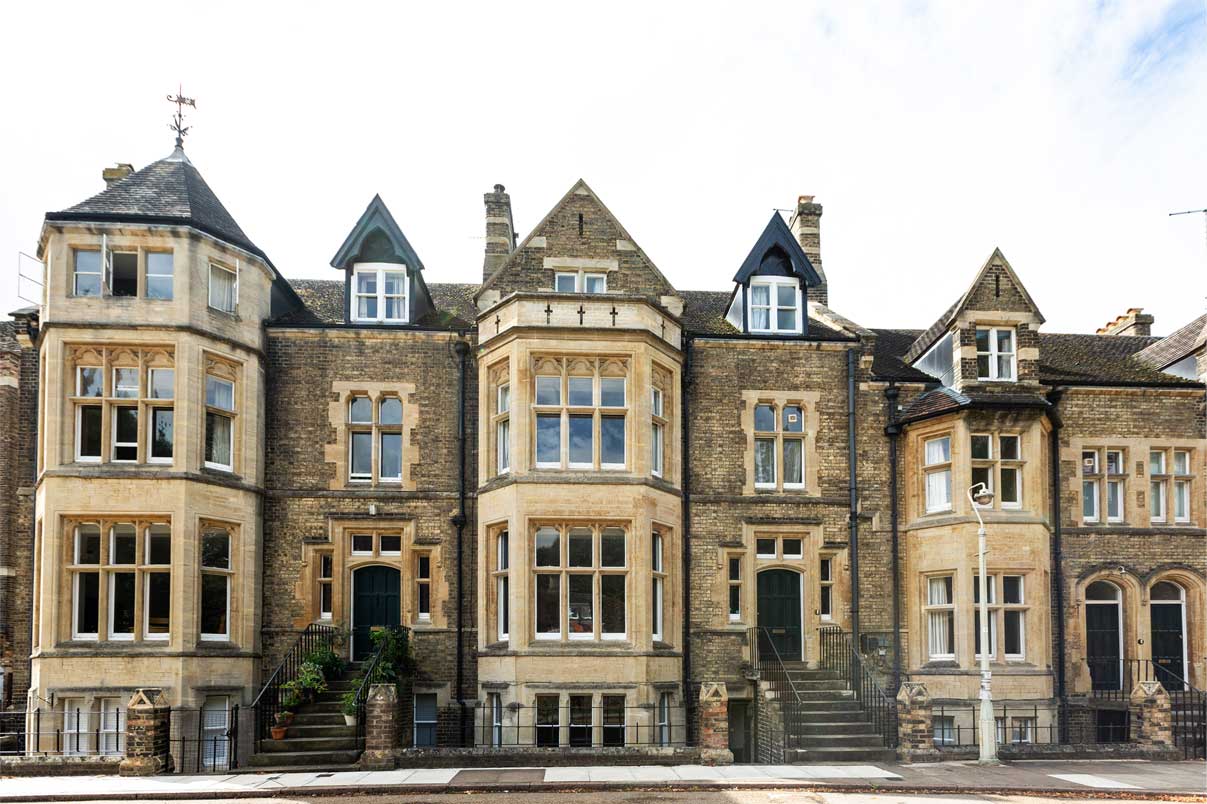
2. Victorian Architecture
Victorian homes are characterised by their ornate detailing and eclectic mix of elements. This style emerged during the reign of Queen Victoria (1837-1901) and includes features such as bay windows, decorative trims, and steeply pitched roofs.
The Victorian era saw the introduction of various sub-styles, including Gothic Revival, Italianate, and Queen Anne, each with its unique characteristics.
Victorian architecture is perfect for those who appreciate intricate designs and historical charm. The use of vibrant colours, patterned brickwork, and stained glass windows adds to the visual richness of Victorian homes.
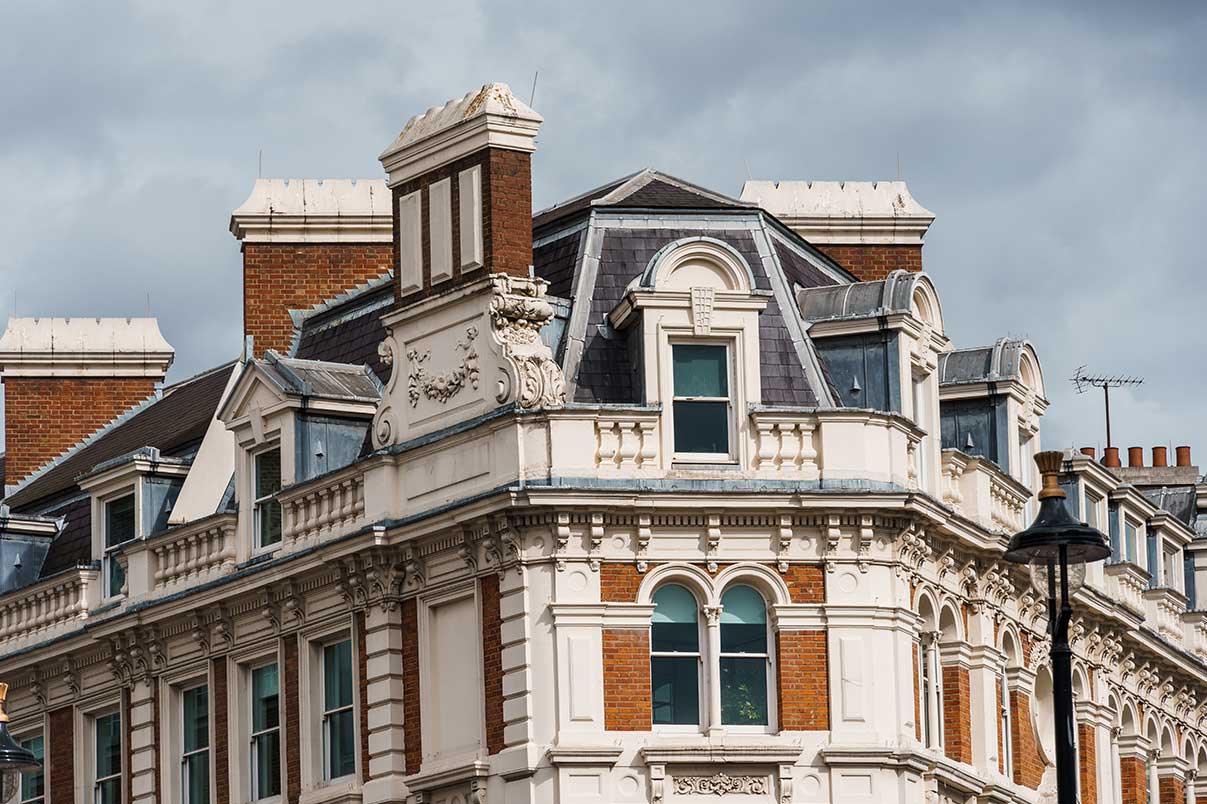
3. Edwardian Architecture
Following the Victorian era, Edwardian architecture (1901-1910) brought a simpler and more relaxed approach. These homes often have larger windows, less ornate detailing, and a focus on light and space.
Edwardian homes are ideal for those who prefer a blend of traditional and modern elements.
The interiors of Edwardian homes often feature spacious hallways, wooden floors, and elegant fireplaces.
The emphasis on natural light and ventilation reflects the Edwardian desire for healthier living environments.
The use of pastel colours and floral motifs adds a touch of elegance and freshness to Edwardian homes.
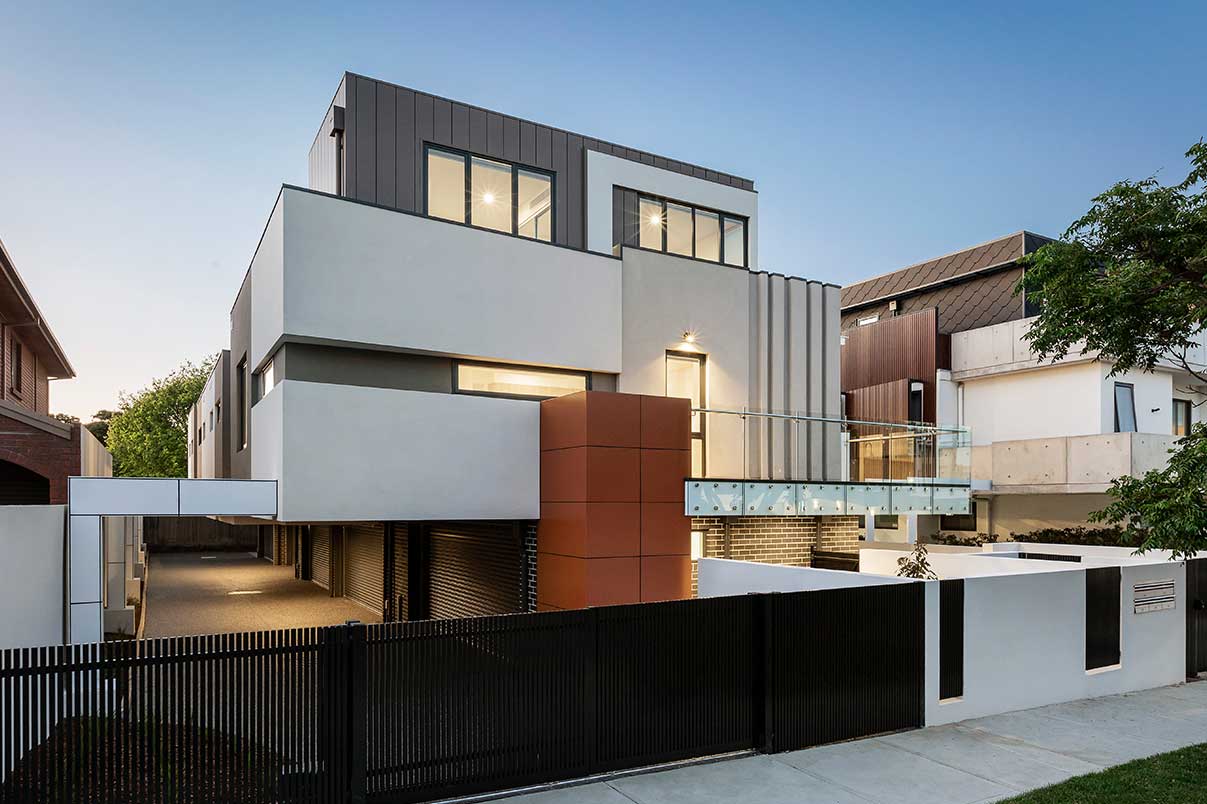
4. Modern Architecture
Modern architecture, which gained prominence in the early to mid-20th century, is all about clean lines, open spaces, and minimalistic design.
This style emphasises functionality and often incorporates materials such as steel, glass, and concrete. Modern homes are perfect for those who appreciate contemporary aesthetics and innovative design.
The open floor plans and large windows create a seamless connection between indoor and outdoor spaces.
The use of flat roofs, geometric forms, and minimal ornamentation reflects the modernist belief in “form follows function.” Modern architecture often incorporates sustainable design principles, making it an eco-friendly choice.

5. Tudor Revival Architecture
Tudor Revival homes, popular in the late 19th and early 20th centuries, are inspired by medieval English architecture.
They typically feature steeply pitched gable roofs, decorative half-timbering, and tall, narrow windows.
This style is ideal for those who want a home with a storybook charm and historical influence. The interiors of Tudor Revival homes often include exposed wooden beams, stone fireplaces, and leaded glass windows.
The use of natural materials and traditional craftsmanship adds to the authenticity and charm of Tudor Revival homes. The asymmetrical design and picturesque details create a cosy and inviting atmosphere.

6. Art Deco Architecture
Art Deco homes, which emerged in the 1920s and 1930s, are known for their bold geometric shapes, vibrant colours, and lavish ornamentation.
This style is perfect for those who want a home that stands out with its unique and glamorous design. Art Deco architecture often features flat roofs, smooth stucco walls, and decorative motifs such as zigzags, chevrons, and sunbursts.
The interiors of Art Deco homes are characterised by luxurious materials such as marble, chrome, and glass.
The use of bold colours and geometric patterns adds to the visual impact of Art Deco design. The emphasis on glamour and sophistication reflects the optimism and exuberance of the Jazz Age.
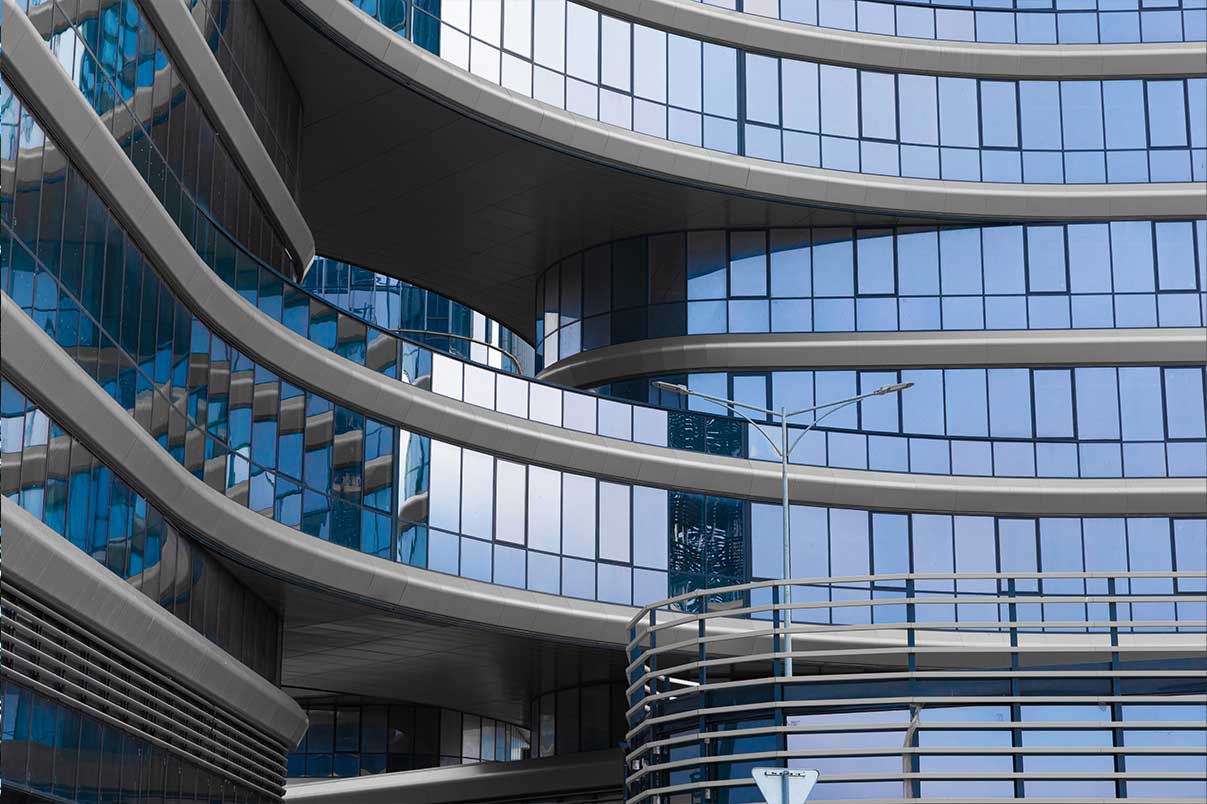
7. Contemporary Architecture
Contemporary architecture is constantly evolving, reflecting the latest trends and technologies. These homes often feature sustainable materials, innovative building techniques, and a strong connection to the outdoors. Contemporary homes are ideal for those who want a forward-thinking and eco-friendly design.
The use of large windows, open floor plans, and natural materials creates a harmonious relationship between the home and its surroundings. Contemporary architecture often incorporates smart home technology, energy-efficient systems, and sustainable design principles.
The emphasis on flexibility and adaptability makes contemporary homes suitable for modern lifestyles.
Conclusion
Choosing the right architectural style for your home is a crucial step in the design process. Whether you prefer the classic elegance of Georgian architecture or the sleek lines of modern design, understanding the characteristics of each style can help you make the best choice for your needs.
As leading architects in Hampshire, we at GRKA are here to help you bring your vision to life.

